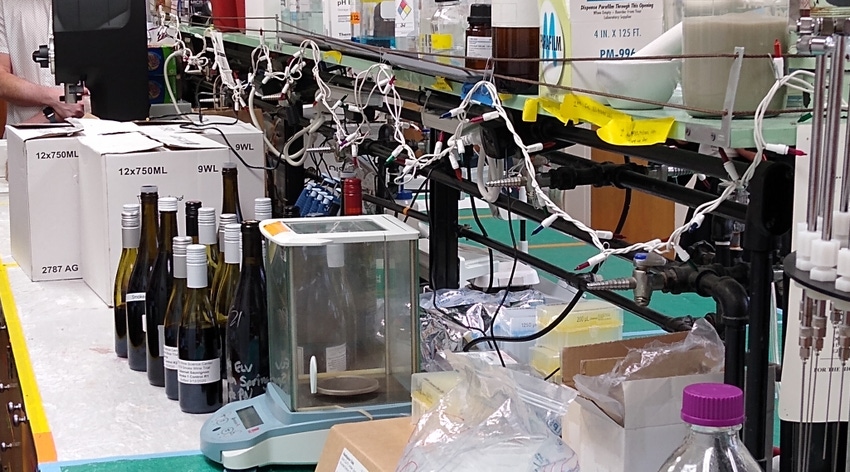
Research funding at Oregon State University increased by greater than 22% in the last fiscal year to more than $471 million, a university record.
In all, OSU research funding rose by $87.6 million, and fiscal year 2022 marks the fourth time in six years that OSU’s research awards have exceeded $400 million. The total includes governmental awards for research; revenue from business and industry for testing, licensing and other partnerships; and land grant funding provided by state and federal agencies.
The contributions of OSU research extend worldwide and include strengthening the early childhood education work force, transdisciplinary studies tackling the consequences of a rapidly changing ocean, and combating disease through the creation of novel proteins.
“Oregon State University researchers continue to meaningfully address essential and real-world issues affecting our state, nation and the world,” said OSU President Jayathi Murthy. “OSU researchers are employing collaborative pathways within the university and globally to seek solutions regarding society’s most important challenges.”
The total funding of $471.5 million for fiscal year 2022, which ended June 30, is the highest in OSU history by nearly $22 million, eclipsing the previous record of $449.4 million set in 2020. OSU-Cascades research funding topped $5.7 million, a record for the Bend campus.
Meanwhile, research expenditures by OSU grew for the 18th time in the last 20 years.
“Those expenditures are a strong indicator of research activity and, even more importantly, are indicative of impactful results,” said Irem Tumer, OSU vice president for research. “Research expenditures represent dollars invested in laboratories and field work in pursuit of new knowledge that improves and enriches lives through better health and greater resilience for people, communities, economies and the environment.”
Ag research
Oregon State’s federally sponsored projects include Department of Agriculture awards for studying the impact of smoke exposure on grapes and for defining economic opportunities for hemp in the western United States.
The four-year, $7.65 million smoke exposure project will provide critical knowledge to grape growers and winery owners severely impacted by widespread wildfires in recent years. A five-year, $10 million hemp project will address the needs of Native American Tribal nations and communities, and other rural community businesses and farmers in a four-state Western Pacific region.
Research funding also was derived from Oregon State’s land grant capacity funds, which consisted of $77.8 million in state appropriations and $11.5 in federal appropriations. The total of $89.3 million was up more than $14 million from a year ago.
Other funding sources were nonprofit organizations, including foundations, which accounted for $9.9 million; and foreign governments, just under $984,000, a more than 100% increase.
OSU’s engagement with business and industry soared to $45.9 million, up more than $11 million from a year ago. This was the seventh straight year that business and industry funding exceeded $30 million.
Business and industry support for OSU research includes technology licensing payments, contracts for testing, support through the Agricultural Research Foundation and research gifts through the OSU Foundation. Almost half of the revenues covered costs for technology testing services, which OSU labs do to document the performance of innovative private sector products and services and to meet public and nonprofit sector needs.
“Partnerships, innovation and entrepreneurial activity are the keys behind the success of these types of projects,” Tumer said. “Continued research investments by industry and others looking to create economic opportunities show Oregon State’s ever-growing leadership in fields from tourism to agriculture and human health to marine sciences, renewable energy, climate solutions, robotics, business, liberal arts and forestry. Our faculty regularly collaborate with experts around the world to solve problems, and this year an OSU-record nine of them will work abroad as Fulbright U.S. Scholars.”
Information about Oregon State’s research centers and institutes is summarized here, and project summaries and FY22 research totals for OSU colleges are also online.
Source: Oregon State University, which is solely responsible for the information provided and is wholly owned by the source. Informa Business Media and all its subsidiaries are not responsible for any of the content contained in this information asset.
About the Author(s)
You May Also Like




